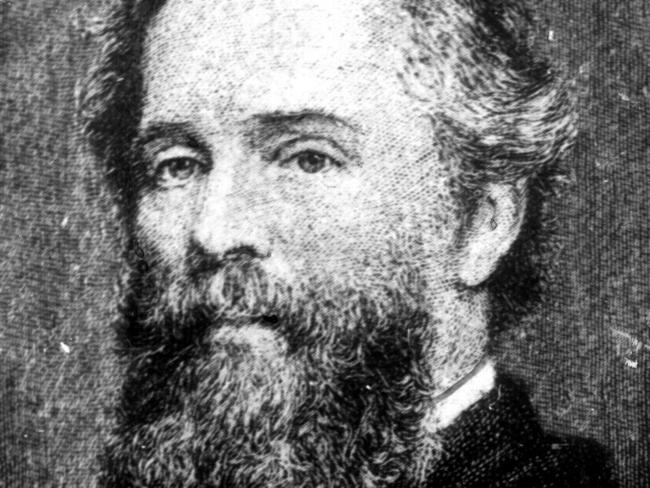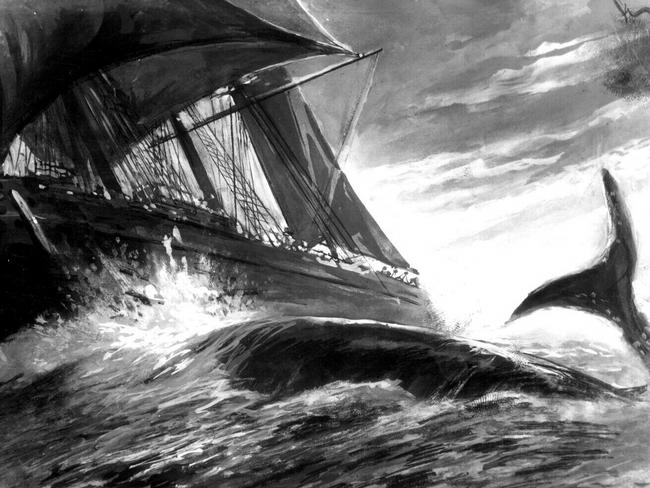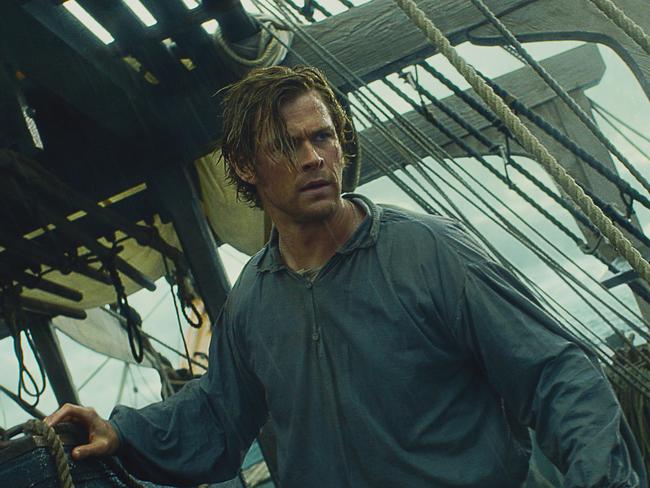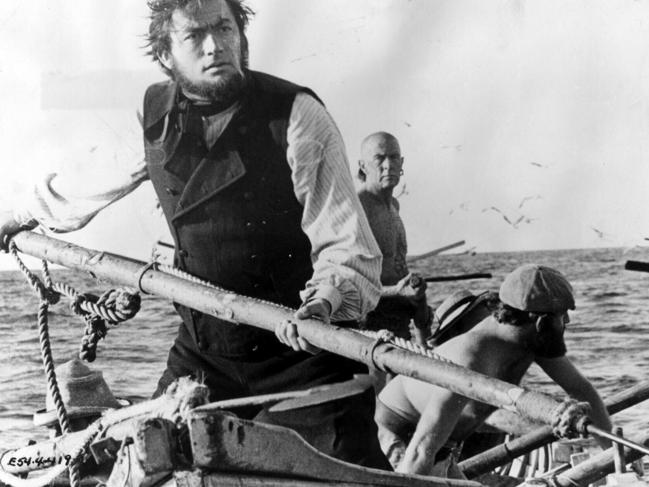Sailors turned cannibal after whale attack that inspired a literary classic
A real-life fatal encounter between a whale and a ship inspired one of literature’s greatest adventures
NSW
Don't miss out on the headlines from NSW. Followed categories will be added to My News.
- Little Prince author’s death one of WWII’s great aviation mysteries
- How Qantas dodged crash-prone Comet jets
On August 14, 1819, the ship Essex left Nantucket, Massachusetts, on a long voyage hunting whales. The trip would become part of whaling legend, after the ship was attacked by a whale, its men left adrift in the Pacific Ocean and forced to resort to cannibalism. The survivors were finally rescued in April 1821, with only eight men living to tell the tale.
Their ordeal would inspire one of the great classics of literature, Moby Dick, written by Herman Melville, who was born just two weeks before the Essex set sail, on August 1, 1819, in New York. The third of eight children born to Allan and Maria Melvill, Herman would later add an “e” to his last name. Allan was a prosperous importer of dry goods from a respected family and Melville grew up in luxury, with a household of servants.
But his father lived beyond his means, racking up huge debts and borrowing money from relatives.

In an attempt to take control of his finances in 1830 Allan moved the family to Albany where he tried to start up his own fur trading business.
After studying at the best New York schools Herman was sent to Albany Academy but when his father died in 1832 Herman’s older brother Gansevoort took over running the business and took Herman out of school to help. An uncle then found Melville a job in a bank until a family legacy allowed him to return to his studies. When the family fur business went bankrupt in 1837 he again had to give up school and became a schoolteacher in Pittsfield, Massachusetts. He disliked that life and gave it up after three months.
By then he was already writing and in 1838 contributed some of his first writings to a newspaper. But his career as a writer wasn’t paying the bills and in 1839 he signed on as a crewman of a merchant ship. The month he shipped out, in May 1839, Melville may have read an account in New York literary magazine The Knickerbocker about the white sperm whale Mocha Dick. He filed it away for future reference.

He spent more than five years travelling the world on ships, including a stint on the Australian whaler Lucy Ann, which was cut short by a mutiny among the crew.
When he returned to America shores in 1845 he was full of stories about life at sea and began writing
his first novel Typee which was published in 1846. A mixture of fact and fiction, based on some of his experience of Polynesian culture, it became a bestseller.
The death of his brother that same year, left Melville having to support his family. In 1847 Omoo, a sequel to his first book, was published.

The toast of society, he married Elizabeth Shaw and tried, unsuccessfully, to get a respectable government job. Failing that he returned to writing, contributing pieces to literary journals and producing his third book, Mardi, published in 1848.
His book Redburn followed in 1849 and White Jacket in 1850, he then settled down on a farm near Pittsfield, becoming a neighbour to writer Nathaniel Hawthorne.
Hawthorne was a major influence as Melville worked on his story about the voyage of the whaling ship Pequod, as its mad captain Ahab pursued the whale that had caused him to lose a leg.
The novel was published as The Whale in October 1851, but publishers later changed the name to Moby Dick; or The Whale. Although it had been largely inspired by the story of the Essex, drawn from the first mate Owen Chase’s book Narrative Of The Most Extraordinary And Distressing Shipwreck Of The Whale-Ship Essex, Melville also based some of it on his own time aboard a whaler.

While acknowledged as his masterpiece, the book was not a commercial success. Melville became
a recluse and in 1852 published the deeply personal book Pierre, which also didn’t sell well, nor did his 1855 novel Israel Potter. His confidence badly shaken, he went on a tour of Europe in 1856 and in 1857 published The Confidence-Man. After its failure he never published another novel in his lifetime. Instead he took up speaking tours and writing poetry.
The death of his father-in-law in 1861 and the sale of his farm, brought some financial relief but it was only when he became a customs inspector on the docks of New York that he was finally earning a regular income.
He retired in 1885 and published a collection of verse, John Marr And Other Sailors in 1888, he also wrote the novel Billy Budd, finishing the manuscript in April 1891. In September of that year he died. The novel was not published until 1924.
Moby Dick has been adapted by Hollywood several times, including in 1956 with Gregory Peck. The 2015 movie In The Heart Of The Sea, starring Chris Hemsworth, is the story of the sinking of the Essex.



